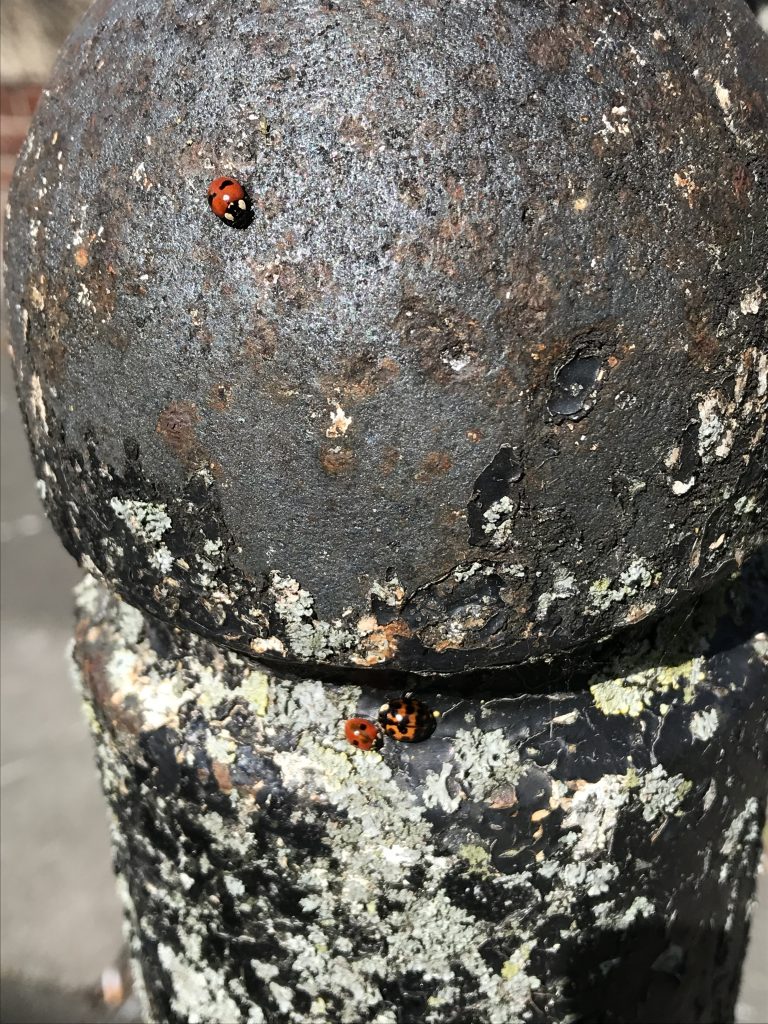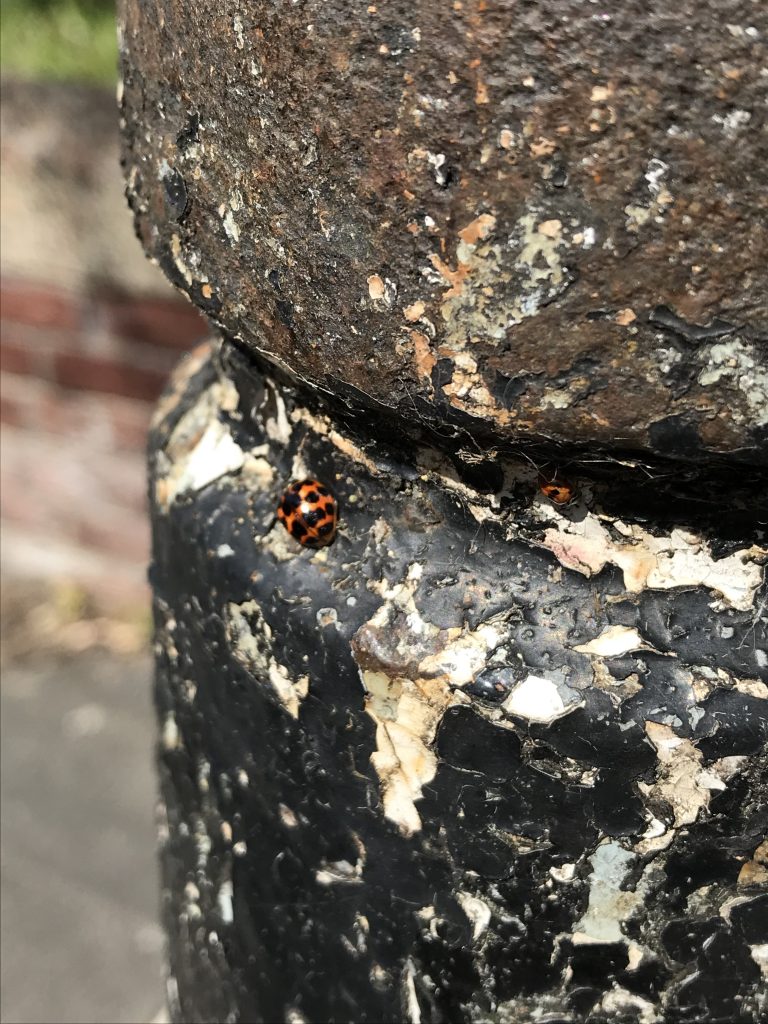“I’ve noticed both kids getting more granular. Thea is taking close-up photos of flowers, rocks, etc. on our walks. Jack wants to explore the alleys.”
Your Maps of Life Under Lockdown
I like to think we know our street pretty well, the people and places on it, the camber of the road, the front gardens and street trees (since she was little my daughter always called one end of the street ‘the tree way’).
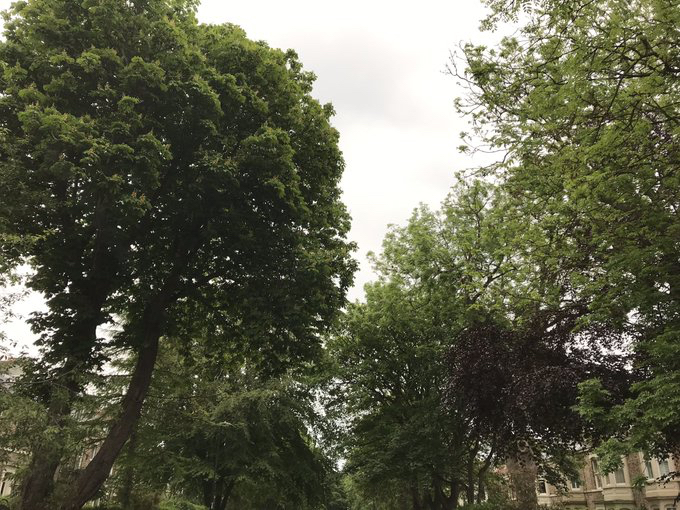
We play out on it most months, closing our street to through traffic for a few hours on a Sunday afternoon or after school. For those few, safe hours, we scoot and cycle on it, we run around on it, we chalk on it, and we sit on it. Often right in the middle of the road.
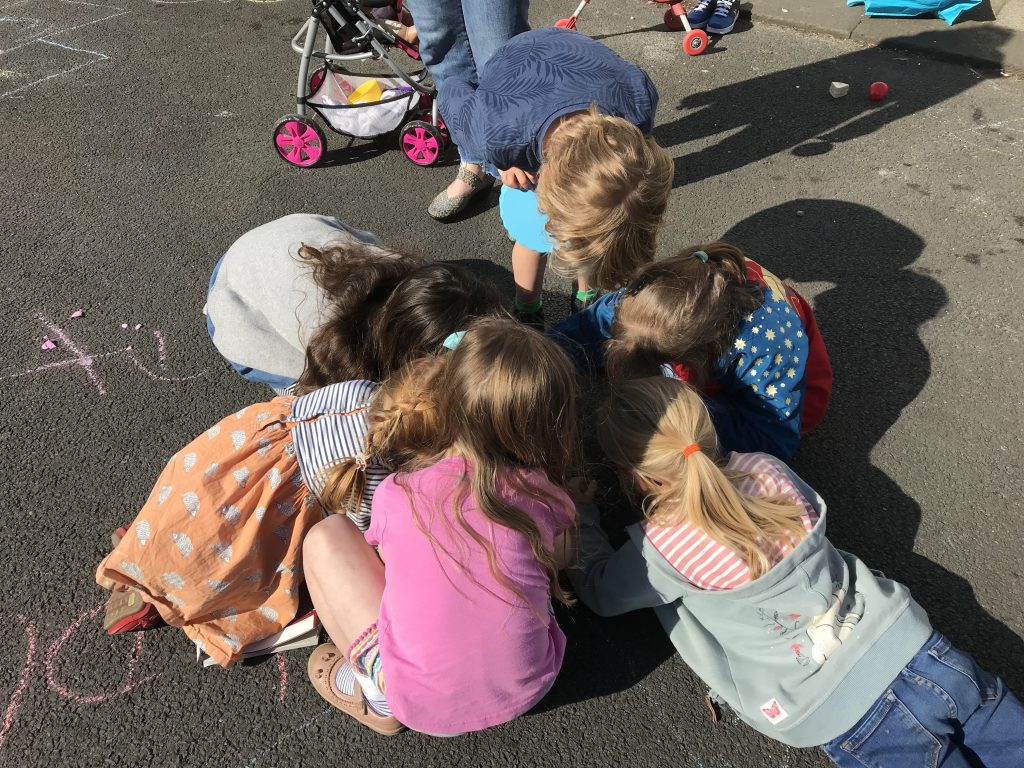
We already have a pretty granular take on it.
Yet, in recent days and weeks, we’ve had more time to spend on our street and its neighbours, and we’ve been able to explore on foot, on scooter and on bike. We’ve not been limited to just three hours a month without the incessant flow of cars (though we still encounter cars, paying little attention to those they now share the roads with and speeding in 20mph zones).
Today, we scooted. We noticed which streets are smoother and which make our hands wobble and our voices tremble when we chat. We try it out and warble to each other. We spotted the places where can move onto and off the pavements easily and without incident. We misjudged this more than once and our scooters whacked our shins, hard. We bumped over or zoomed round the potholes.
We scooted over, over and over again, the drain covers and looked at and felt the different iron patterns, the noises they made, the sensations on our feet.

We scooted down the white lines, to the white lines, noticing the smoothness of the line and we thought about what the white lines do.

We trundled over cobbles, peaking through the tarmac, and talked about what our streets would have been like when they were first built.
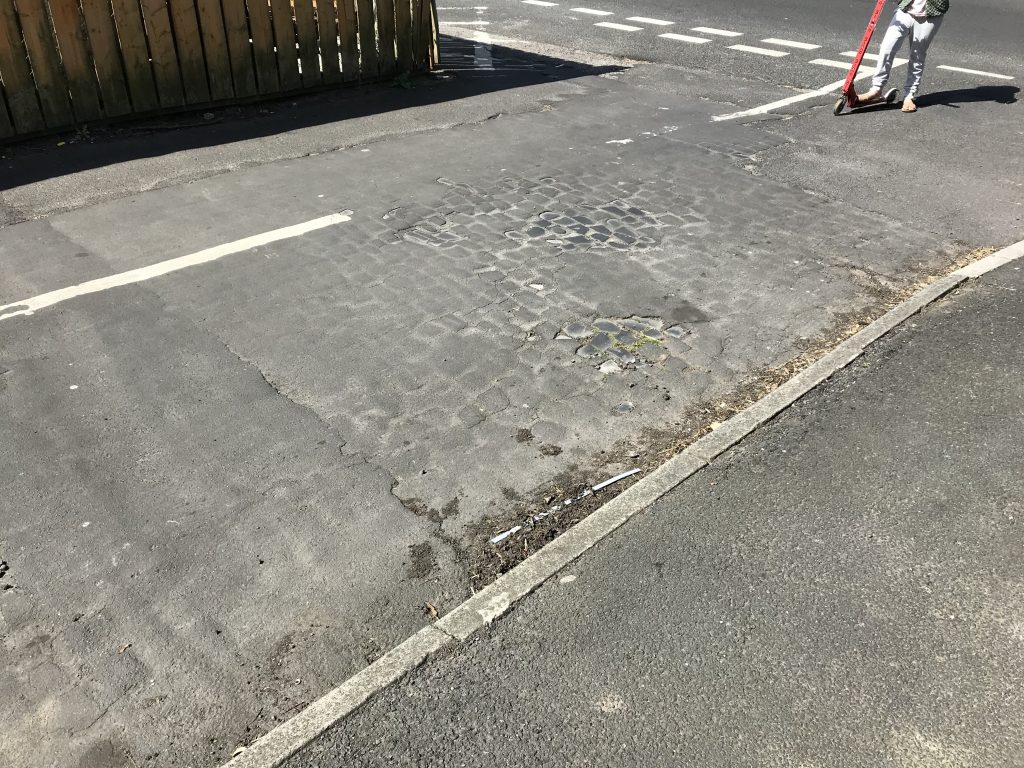
We heard the bird in the neighbour’s flowering cherry and we tried to work out what it was.
We spotted six ladybirds on three bollards, and wondered why they liked them so much (the sun, the texture, the warmth? – there weren’t any on the matching bollards at the other end of the street).
And we met some neighbourhood rabbits. And a lot of neighbourhood cats.
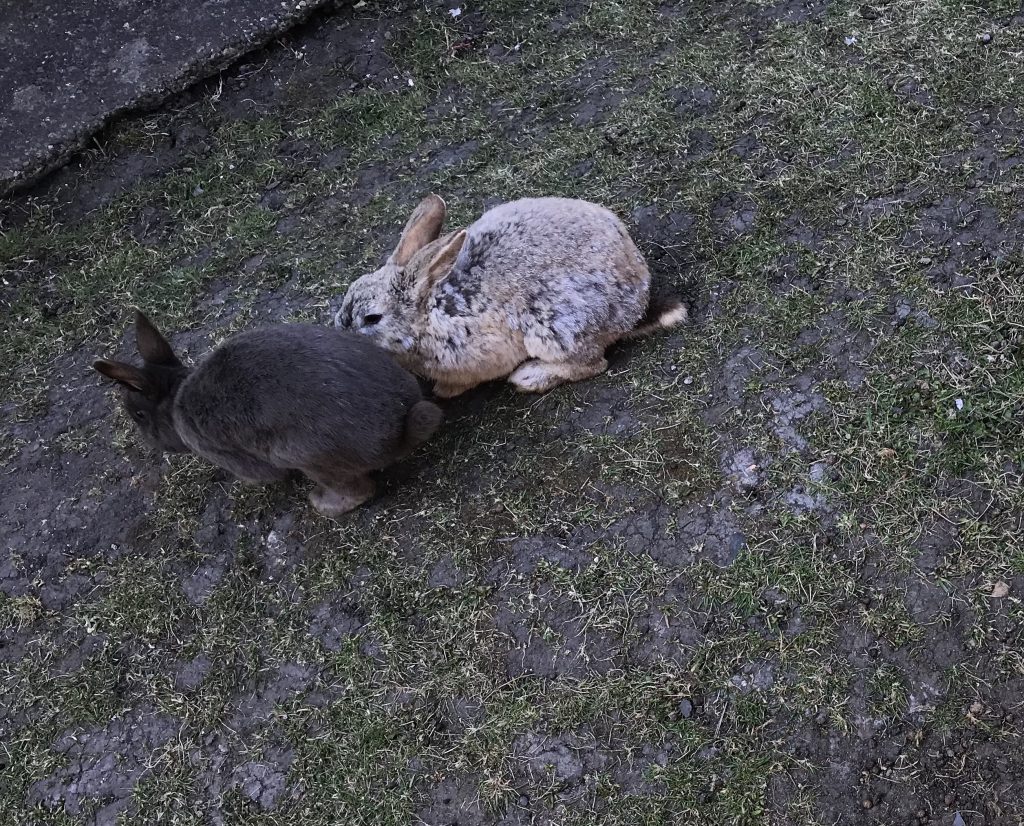
And, of course, we talked and waved to neighbours, who we passed on our streets and pavements, with scooters, buggies, Peppa Pig hats, dogs, and bags of shopping, and in their front yards or on their doorsteps, some we knew, some we didn’t.
Who’s that? asked my daughter, everytime I said hello to anyone. Where do they live?
Here, I said. They’re our neighbours, these are our streets.
(And then I tried to explain why I wanted so many pictures of drain covers and white lines.)
~~~~~~~~~~~~~~~~~~~~~~~~~~~~~~~~~~~~~~~~~~~~~~~~~~~~~~~~~~~~~
This blog was inspired not only by my time in my neighbourhood, but by regular and wide-ranging conversations, in all sorts of forms, with Wendy Russell, Alice Ferguson and Ingrid Skeels, and by Penny Wilson’s beautiful post on her London street.
It also connects to my ongoing research: as I’ve already explained on here, I’m supposed to be researching play on streets at the moment, a task now both trickier and more fascinating. One of the questions I’m supposed to be exploring is: how regular playing out intensifies children’s and adults’ connection to the objects and materialities of the street itself, through hanging out on and exploration of its kerbs, roads, pavements, trees, walls, and other affordances. Our lockdown experiences of our streets, for me, intensify this very question.


